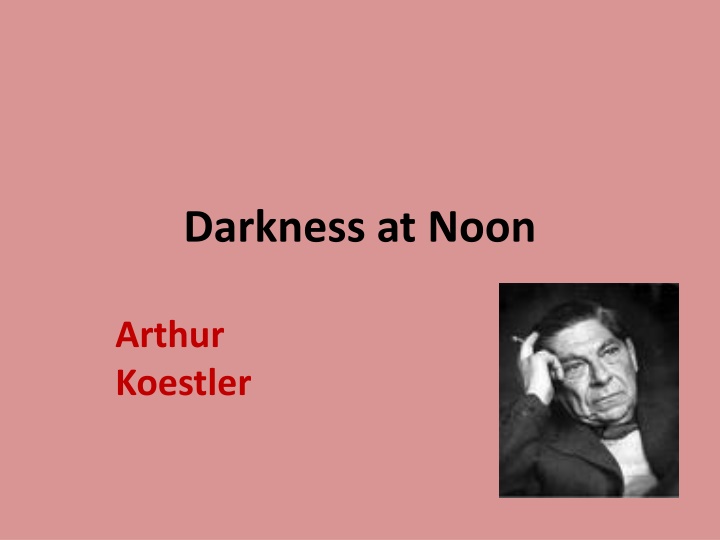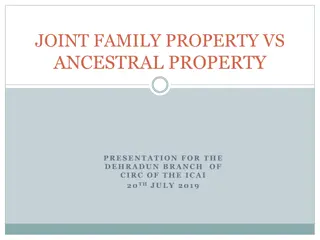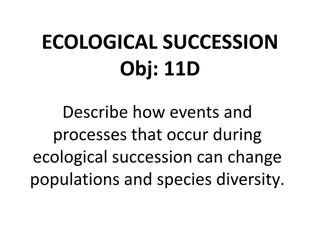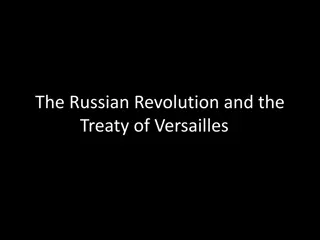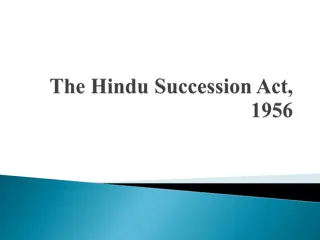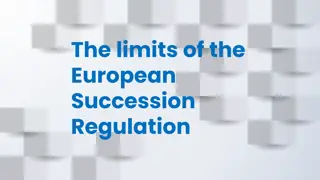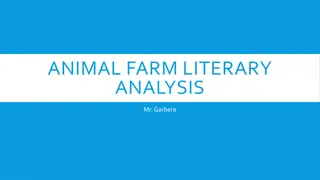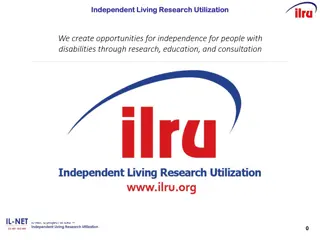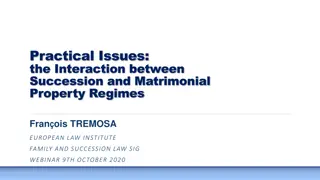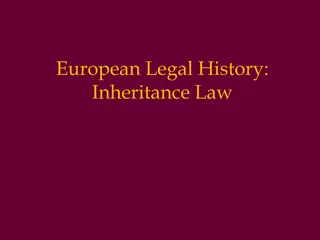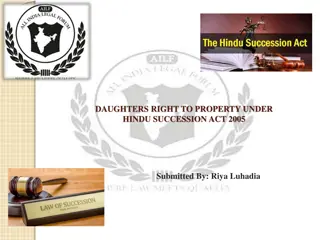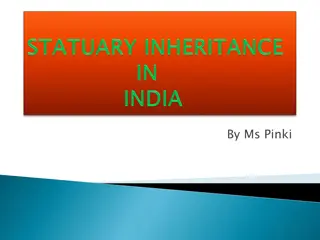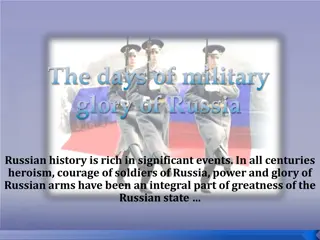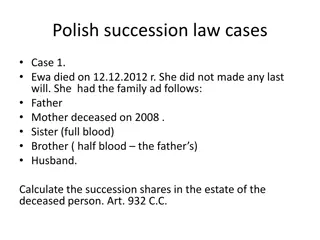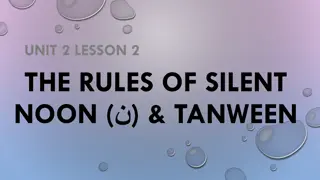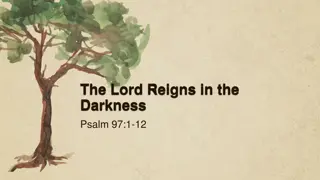Analysis of "Darkness at Noon" by Arthur Koestler in Context of Russian Revolution and Succession
Explore the metaphoric context of "Darkness at Noon" by Arthur Koestler in relation to the Russian Revolution of 1917, succession issues following Lenin's rule, and the thematic elements of guilt, intention, and historical necessity within the Party's evaluation. Dive into the dramatis personae, intertwined with figures like Zinoviev, Bukharin, and Stalin, as the protagonist Rubashov embodies a complex amalgamation of personalities. Unravel the political intrigue, betrayals, and interrogations set against the backdrop of shifting power dynamics and the Moscow Trials.
Download Presentation

Please find below an Image/Link to download the presentation.
The content on the website is provided AS IS for your information and personal use only. It may not be sold, licensed, or shared on other websites without obtaining consent from the author.If you encounter any issues during the download, it is possible that the publisher has removed the file from their server.
You are allowed to download the files provided on this website for personal or commercial use, subject to the condition that they are used lawfully. All files are the property of their respective owners.
The content on the website is provided AS IS for your information and personal use only. It may not be sold, licensed, or shared on other websites without obtaining consent from the author.
E N D
Presentation Transcript
Darkness at Noon Arthur Koestler
Background Who was Koestler? Context: I. Russian Revolution of 1917 Succession to Lenin? -- NEP -- First Five Year Plan -- Politics of succession: Trotsky/ Bukharin/Zinoviev --Moscow Trials: civilization? The line ; intention
Succession Trotsky Bukharin Zinoviev Stalin
Dramatis personae Rubashov looks like Zinoviev and talks like Bukharin Ivanov- old friend; first interrogator Little Loewy and Richard agents R betrayed Arlova secretary-mistress; also betrayed Gletkin new apparatchik; second interrogator Number One Stalin Old Man - Lenin
Metaphoric Context of the Book Context for Koestler Forced collectivization -- guilt and intention --historical necessity (?) -- the Party Evaluation
